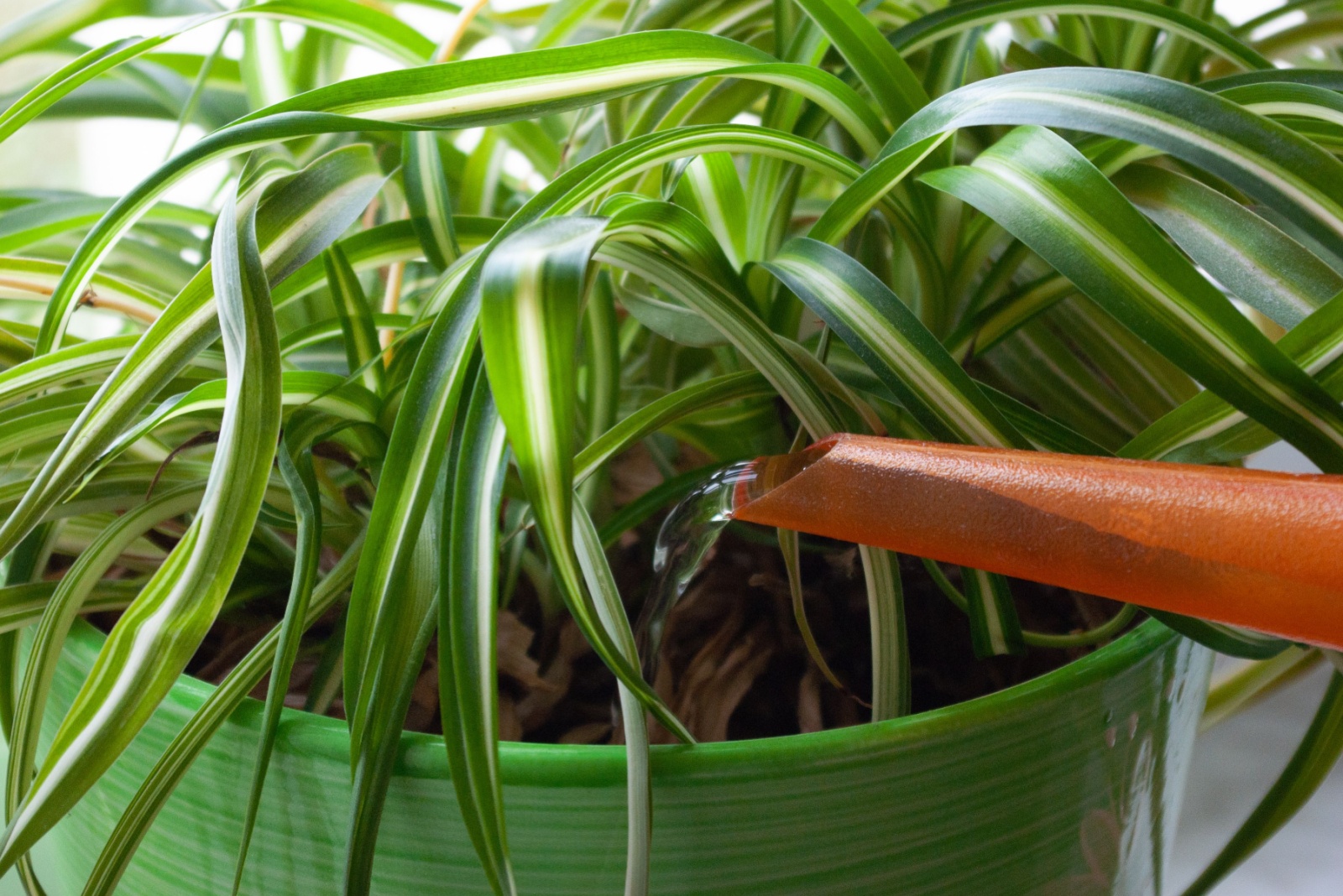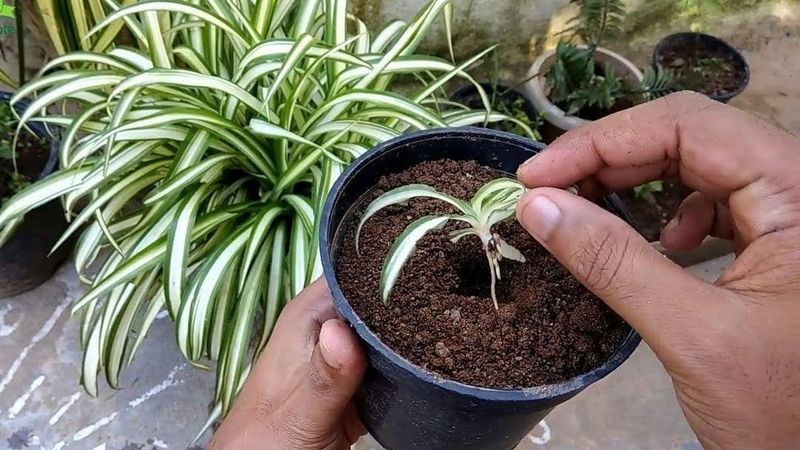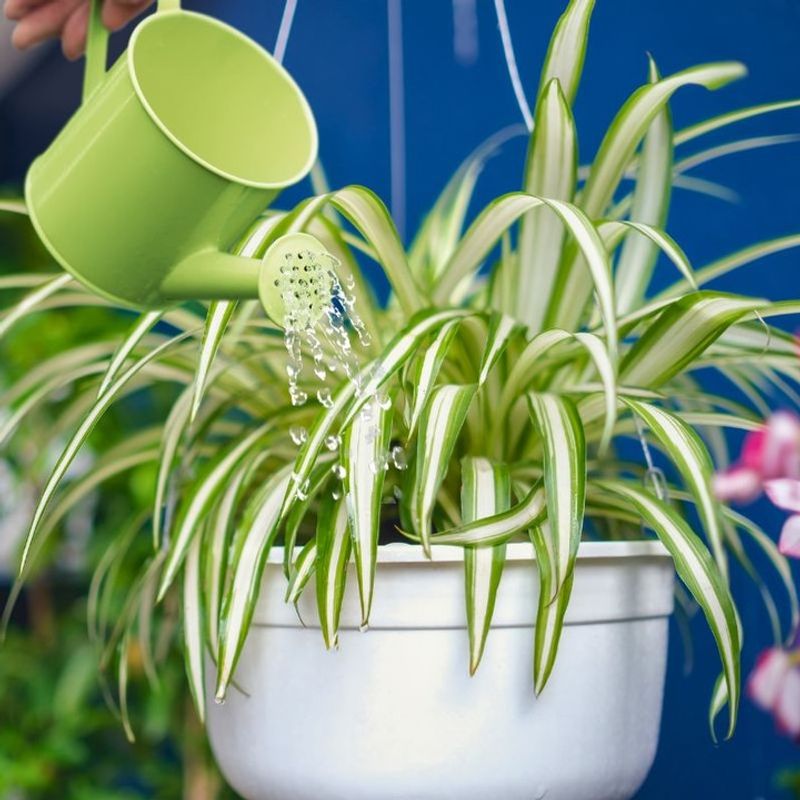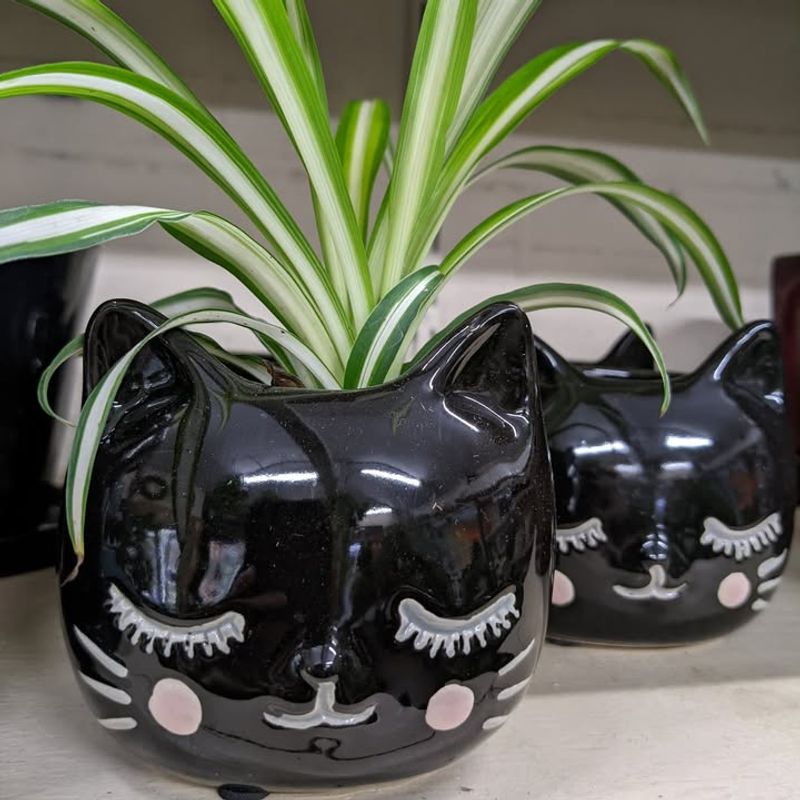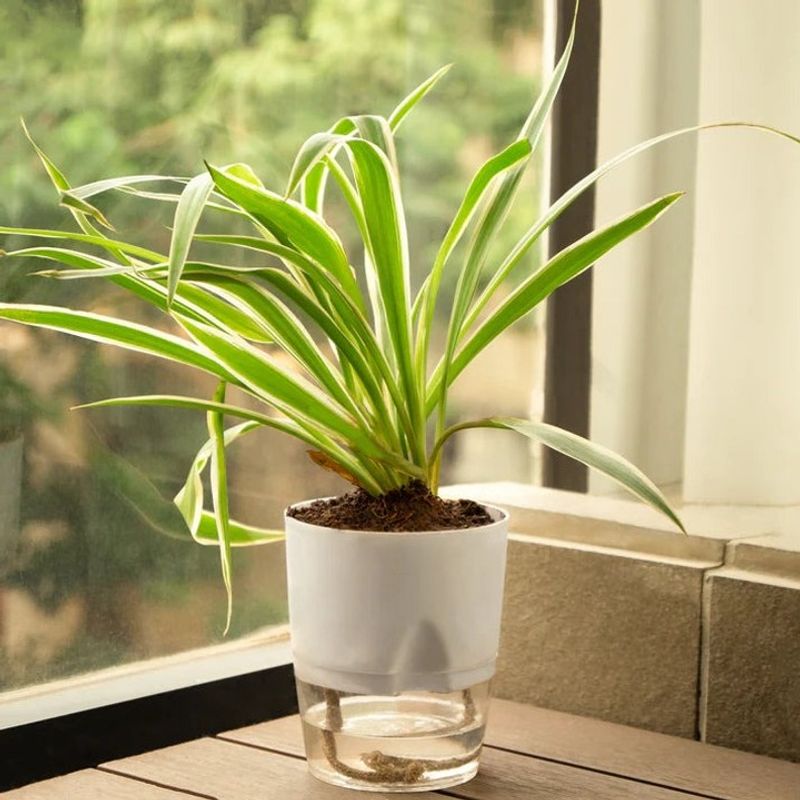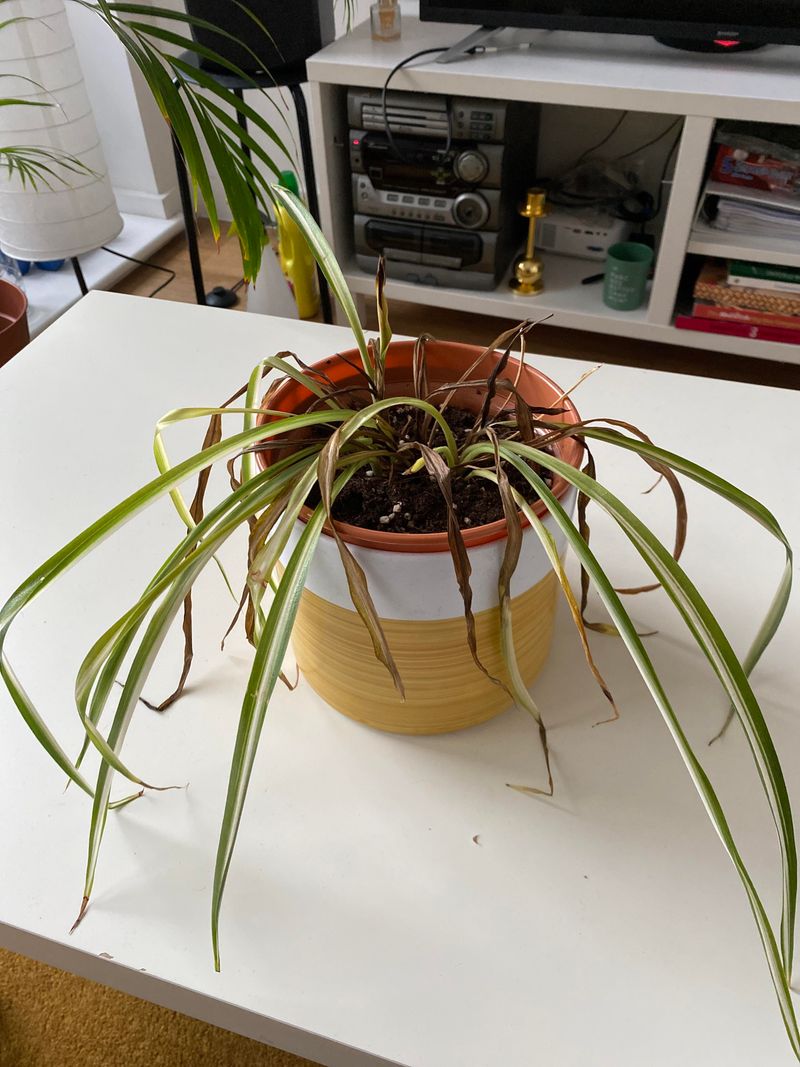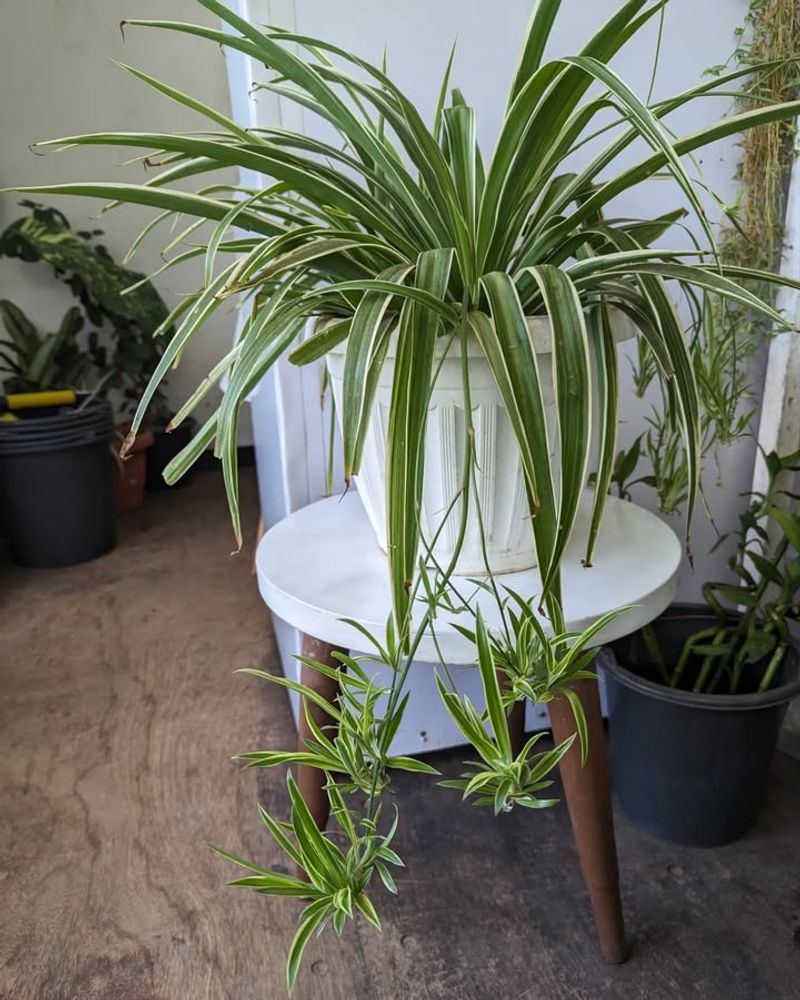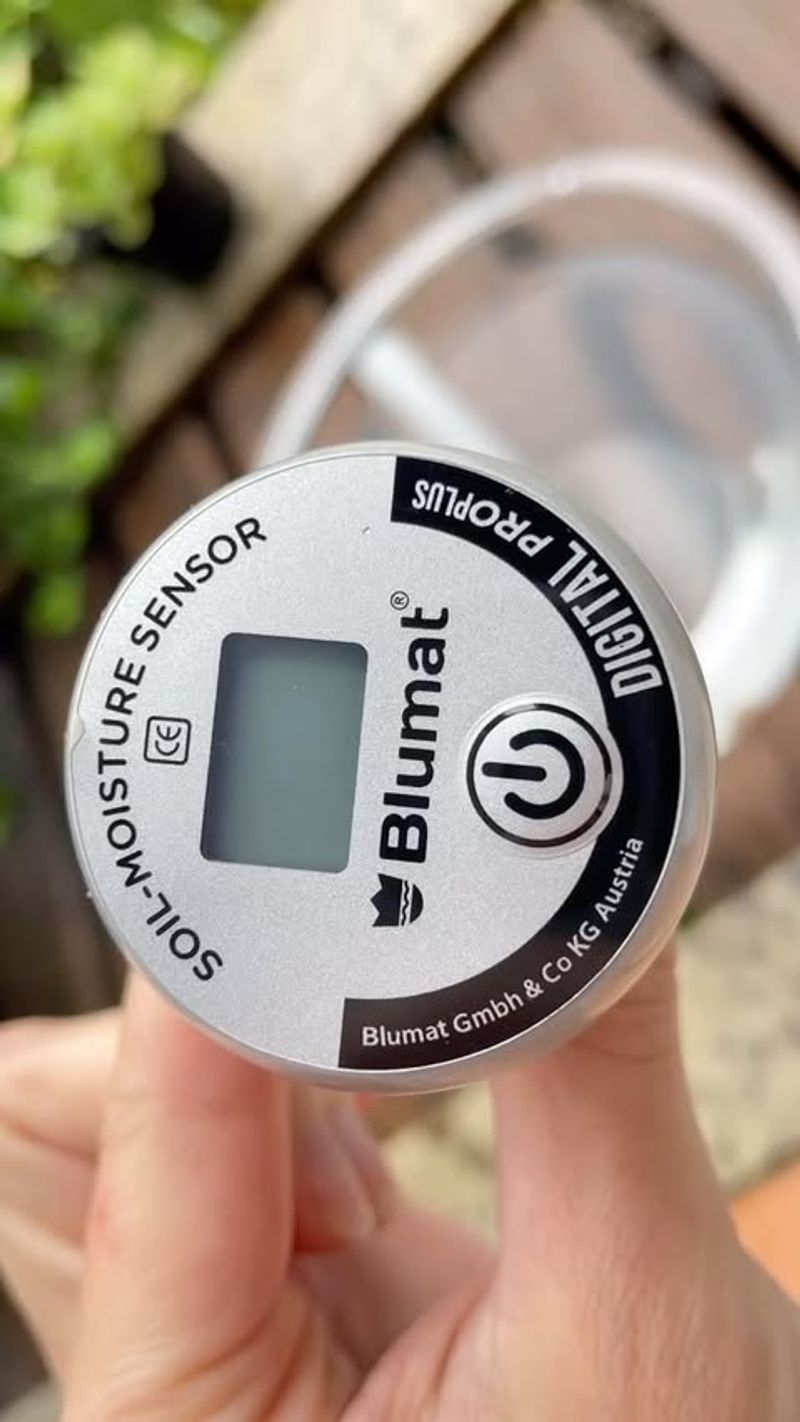Spider plants are one of the most popular houseplants in Florida, known for their beautiful cascading leaves and easy-going nature. But getting the watering schedule right can be tricky in Florida’s humid climate, especially when you want your plant to stay healthy for years to come.
Too much water can cause root rot, while too little leaves the leaves looking sad and brown-tipped.
1. Check The Soil Moisture Before Every Watering Session
Sticking your finger about an inch deep into the soil tells you everything you need to know about watering time. If the top inch feels dry to the touch, your spider plant is ready for a drink.
Florida’s humidity means soil stays moist longer than in drier states. Waiting until that top layer dries out prevents overwatering problems like yellow leaves and mushy roots that can kill your plant quickly.
2. Water Once Per Week During Florida’s Hot Summer Months
Summer heat in Florida makes spider plants thirsty! From June through September, plan to water approximately once every seven days when temperatures soar.
Higher temperatures and longer daylight hours increase how quickly your plant uses water. Air conditioning indoors can also dry out the soil faster than you’d expect, making weekly watering essential during these sweltering months for keeping leaves vibrant and green.
3. Reduce Watering To Every 10-14 Days In Winter
When cooler weather arrives in Florida, spider plants take a little break from their growing frenzy. Between December and February, you can stretch watering sessions to once every ten to fourteen days safely.
Growth slows down when temperatures drop, meaning your plant needs less moisture to stay happy. Overwatering during winter months is actually more dangerous than underwatering, so err on the side of caution.
4. Adjust Based On Your Plant’s Location And Light Exposure
Spider plants sitting in bright, indirect light near windows dry out faster than those tucked in shadier corners of your home. Location makes a huge difference in watering frequency!
Plants receiving more light photosynthesize more actively, using water quicker in the process. Similarly, outdoor plants in covered Florida patios need more frequent watering than indoor ones because of increased air circulation and natural warmth around them.
5. Watch For Drooping Leaves As A Thirst Signal
Your spider plant literally tells you when it’s thirsty through its body language. Leaves that normally arch gracefully will start drooping or looking limp when the plant needs water.
Catching this early sign means you can water before serious damage occurs. Within hours of watering a thirsty plant, you’ll notice the leaves perk back up and regain their usual bouncy appearance, confirming you timed it perfectly.
6. Use The Weight Method To Gauge When Watering Is Needed
Lifting your potted spider plant gives you instant feedback about moisture levels inside. Dry soil weighs significantly less than freshly watered soil, making this technique foolproof.
After watering, pick up the pot and remember how heavy it feels. When it becomes noticeably lighter over the following days, you know it’s time to water again. Florida gardeners love this trick because it works regardless of humidity changes.
7. Consider Using A Moisture Meter For Precise Readings
Taking the guesswork out of watering becomes easy with an inexpensive moisture meter from any garden center. These handy tools measure soil moisture at root level, giving you accurate readings instantly.
Simply insert the probe into the soil and wait for the dial to settle. Most spider plants thrive when the meter reads in the lower third of the scale, indicating slightly dry conditions that prevent root rot in Florida’s humid environment.

